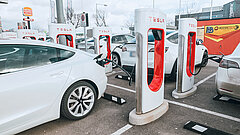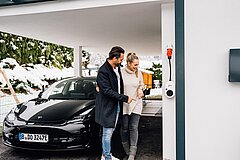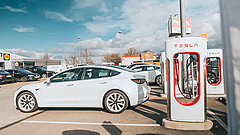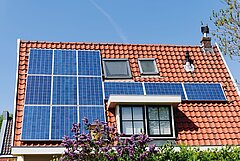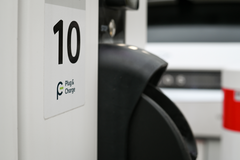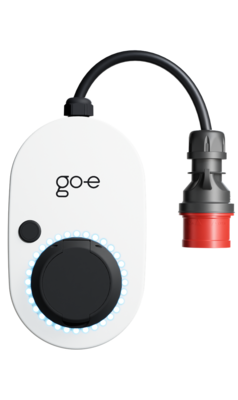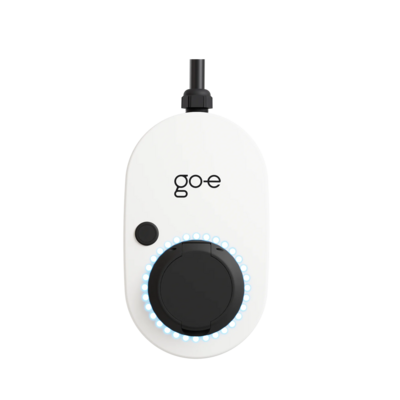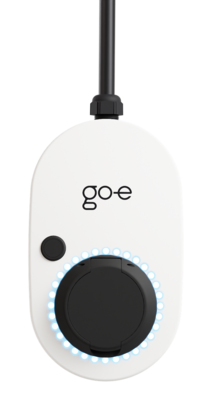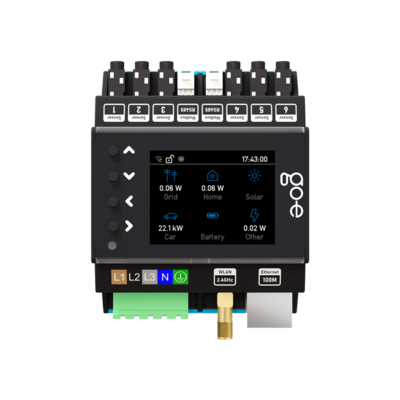Charging an electric car - Knowledge collection
No matter whether the topic of electric car charging is completely new to you, you're already somewhat familiar with it, or perhaps even an expert in this field, you'll find extensive information here on electric vehicle charging and charging technologies.
We present all the information in an easy-to-understand and clear way, so you can easily navigate the world of e-mobility, charging technologies, and the product range from go-e.
Wallboxes for charging your electric car
Most frequently asked questions about "Charging an electric car"
Charging an electric car: Comment
If you want to charge your electric car, it's important to know that you can generally choose between three types of charging:
For many electric car owners, home charging is the most convenient and cost-effective option. If you have a wallbox, your electric car can be charged overnight, so you can start your day with a full battery. Depending on the charging power, the process takes between two and seven hours. Smart wallboxes, like the go-e Charger, can make charging even more efficient and sustainable with automation features and other intelligent functions.
The expansion of public fast-charging infrastructure is also progressing rapidly in Europe, especially along highways and in urban areas. Charging electric cars is set to become even easier, faster, and more efficient in the future. New charging technologies, such as Plug and Charge or Bidirectional Charging, aim to elevate the charging experience for electric car owners to the next level.
Sounds exciting, doesn’t it?
Let’s go on the journey of e-mobility together. Here in our Knowledge HUB, you’ll find plenty of information that’s regularly updated. Check it out and join the discussion!
